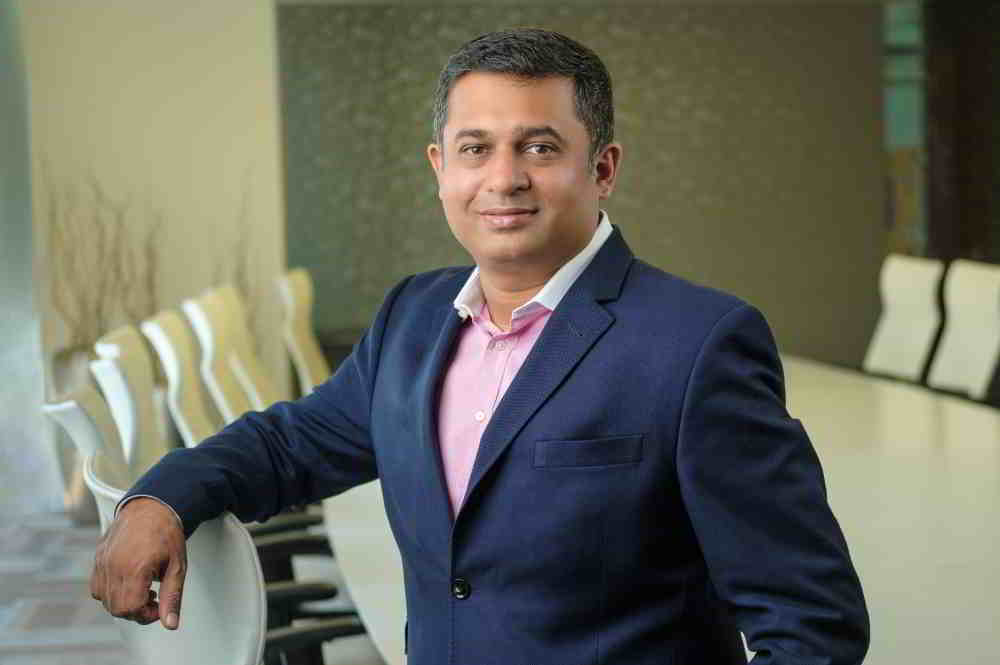Organizations are faced with certain dilemmas and have to make some tough decisions. Some of these dilemmas are: Centralization vs. Decentralization; Share information vs. Protect; Uncertainty vs. Opportunity. The answer lies in unlocking information as an asset value proposition – and only the Chief Data Officer (CDO) can do that.
In Part-II of this story, Partha Iyengar, VP Distinguished Analyst, Gartner talks about the role of the CDO, and also about the next generation of BI tools.
In case you missed Part-I, read it here.
Q. How many CDOs do we have in India? What is the profile of the Indian CDO? Who does the CDO report to?
A. The Indian CDOs that we are seeing right now are more of a DBA+ (Database Administrator) person. We are seeing people from the technical side becoming CDOs. That is the wrong strategy. The CDO has to be closer to the business and not closer to the technology.
The role of the CDO is really to unlock this information as an asset value proposition, that companies have talked about for long but has been very elusive. The challenge is that today, information in most enterprises is very siloed. The CHRO owns HR data, the CFO owns Finance data and there is a tremendous amount of reluctance to share data across the organization.
In a digital business world, the silos are dysfunctional and information has to be (shared) across the enterprise. So the next stage in this evolution is the effective use of the CDO, which is when CEOs say there’s too much value locked up in the information we have across the enterprise and our ability to monetize and unlock that value cannot be done with our current IT setup. This is when they will bring in a CDO – similar to what we’ve seen with the Chief Digital Officer. The same trend will happen with the Chief Data Officer.
The CDO will be more of a business person who will probably report outside of IT. Today, the few CDOs that are there report in to IT. That is a dysfunctional view of the world. The CDO’s view is not to add another level to IT – it is really to add a level of visibility of the information sitting in IT’s control to the rest of the business. And that hasn’t happened yet.
Q. What should organizations factor into their Information Strategies to ensure that the business as a whole is digitized?
When we talk about Digital Business it is this context of People, Business and Things. You need to harmonize these three elements in order to merge the physical and digital worlds.
Information is the nervous system of Digital Business. You need information in the middle that is observing and mediating the interactions between people, business and things.
What do you do when a “thing” sends out a message? Things are becoming important because they are not just passive participants in the Digital Business journey, they are active participants where they have the ability to sense, respond, analyze and make decisions.
Increasingly as smart machines become matured, you will see a situation where “things” are making decisions – not just complementing the human but bypassing the human. And there are already examples of this available today.
So we have “things” that are interacting and sending out information flows that sometimes interact with people and sometimes don’t, and have massive business implications. In this scenario, the role of the analytics professional sitting in the middle is, how do you mediate this information flow? How do you intercept things that could be heading towards a situation where the machine made a wrong decision? And how do you trap that? How do you ensure that the communication flows are getting to the right place at the right time? All of this becomes a core analytics function. And that’s really at the heart of ensuring that the information management strategy is the key aspect of digital business and the analytics professionals are a key cog in that machine.
Q. What would be the new enabling features and capabilities of the next generation of BI analytics tools, that will let users access information in new ways?
At a broad evolution perspective, we are really moving from Descriptive to Prescriptive to Predictive, in terms of the use of data.
The early stage BI gave a rear view mirror of what has already happened. Prescriptive is what is happening right now. Predictive is based on the patterns of data – it tells you what is likely to happen, so that one can do something about it if that outcome is not what you want to happen.
A lot of the tools will be based on real-time analysis of massive amounts of data. This brings the other piece of the technology puzzle into play – today’s relational databases are just not equipped to handle the volumes of data and the crunching. This is where you start using in-memory databases, real-time databases. The is the evolution of tools to really leverage that kind of technology is the second key evolution that needs to happen.
The third area is really the whole area of data preparation, the data analysis and the data visualization.
The reason data visualization is becoming so important is because with the masses of data, the traditional constructs of how data is presented, is beyond the ability of humans to comprehend.
The stock brokers are a classic example of data visualization in action, where milliseconds make a difference to them, in terms of millions of dollars being at stake.
So that whole concept coming into the mainstream is where data visualization will become the default way where data is converted into information and insight. This is at a fairly nascent stage right now.
————————————————————————————————————————————








